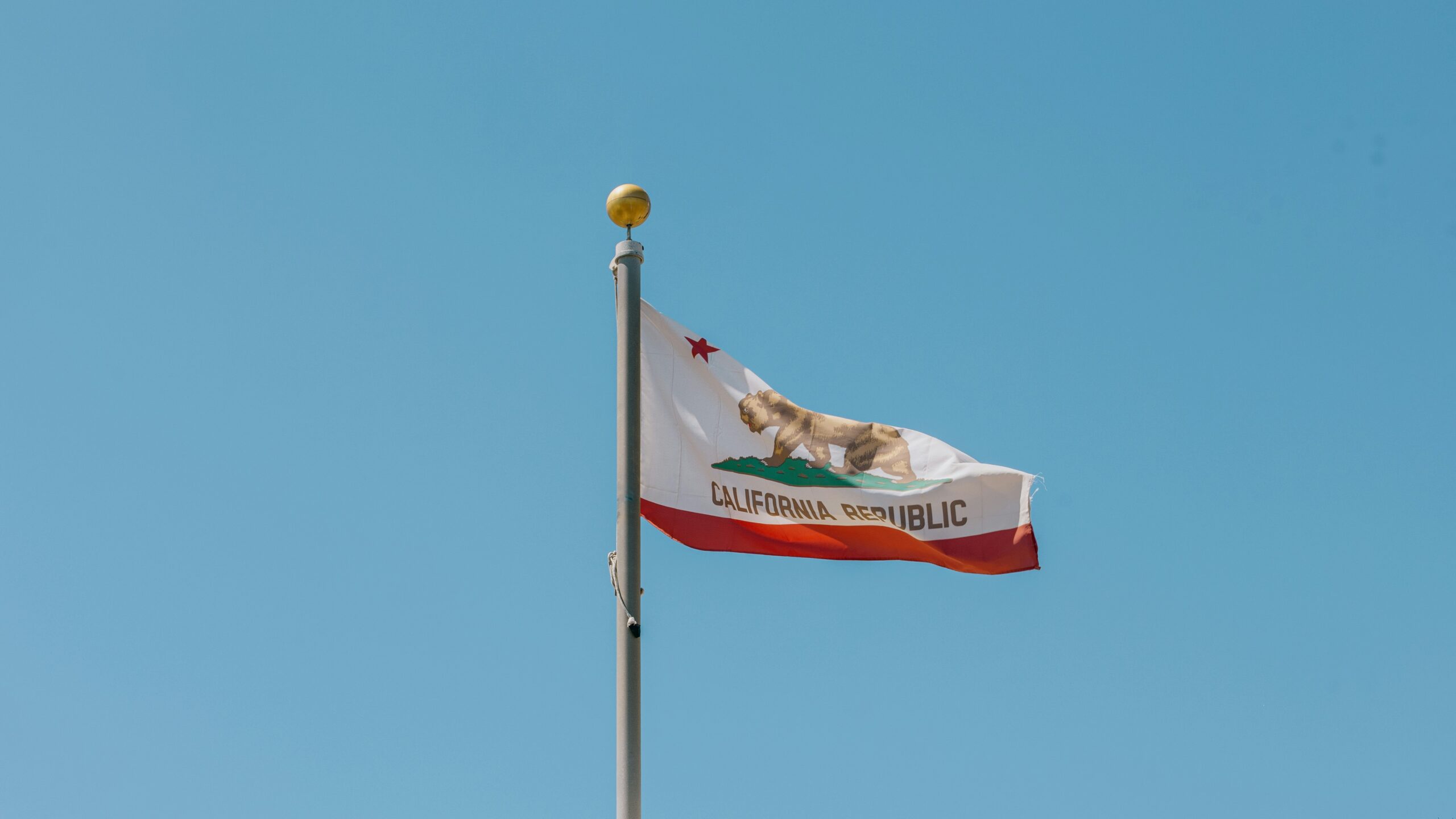
The first bill seeks to ensure any future uses of California public land will take nature and wildlife conservation into consideration first . It states that the legislative body of any California city or county must adopt a comprehensive plan general plan concerning elements such as land use and conservation. A plan will outline the location and extent of planned uses of land – as well as the planned population and development density – especially land identified as significant to natural resources or wildlife. To identify a land as such, the plan must analyze connectivity areas, landscapes, wildlife habitats, and more. Then, the plan will consult scientific information and relevant organizations to consider the impacts of any development on these areas and incorporate appropriate policies or standards to ensure protection of the land, its resources, and its wildlife.
This is in line with California’s goal to conserve at least 30 percent of its land and coastal waters by 2030, known as the 30×30 plan.
Another recently enacted Assembly Bill is advancing the 30×30 goal as well. This second bill provides that the National Resources Agency partners with other agencies like the Department of Parks and Recreation to strategically fund the acquisition and stewardship of new land. Additionally, it states that a portion of the annual report concerning state funding for the 30×30 goal include information on funding used by partner agencies for water conservation, public engagement, science and research, and conserved land and water management. This will certify that the state’s funding is being used efficiently and effectively in conserving the valuable natural land it seeks to protect.
Strong strides for California conservation are also being made in the US Senate, with the newly proposed “Protecting Unique and Beautiful Landscapes by Investing in California Lands Act,” or “PUBLIC Lands Act.” This bill would protect certain federal lands in California in three major ways: forest restoration, recreation, and conservation. The bill will encourage forest restoration in the South Fork Trinity-Mad River Area through increased resource, land, and fire management by the Forest Service and the Bureau of Land Management for the purpose of increasing resiliency against wildfires and enjoyment of the scenic quality of the area.
Regarding recreation, the bill will ensure the maintenance and protection of various trails and their surrounding wildlife, as well as the construction of new bike routes. Visitor centers by the trails will also be maintained so that hikers can enjoy their benefits.
And finally, this Senate bill seeks conservation through the designation of wilderness areas, wild and scenic rivers, and scenic areas, like the iconic Redwood National Park. When an area is designated, it becomes a part of the National Wilderness Preservation System, and yearly reports will outline and enforce the restoration of it.
These three bills show great progress in California’s conservation efforts, and they bring hope that the state’s bold 30×30 conservation goal, which will not only conserve resources and wildlife, but also precious scenic views in such a unique and bea utiful state. California’s forests, mountains, and coastlines – and the visitors who enjoy them – are better off thanks to these successful efforts.